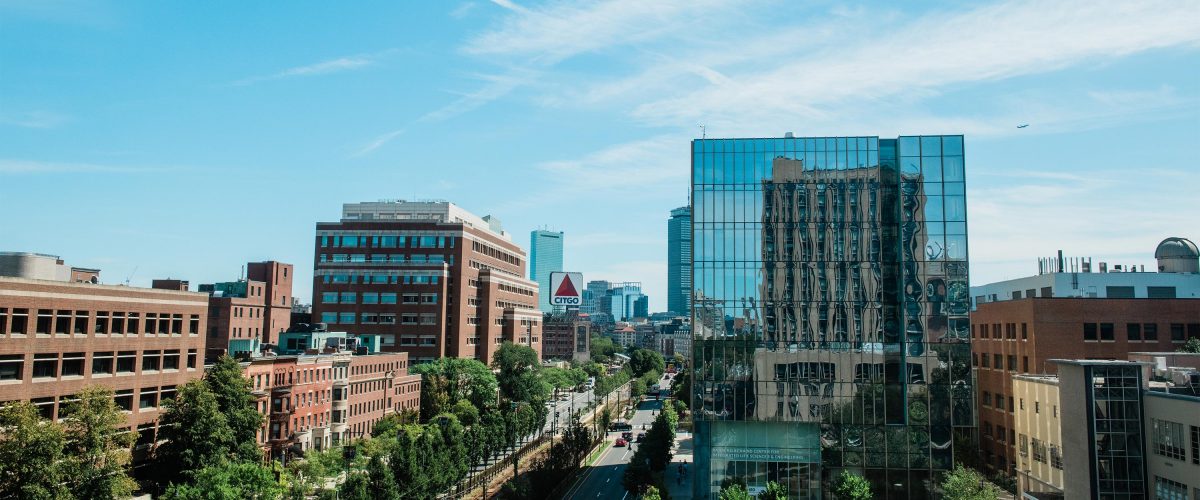- Starts: 2:30 pm on Friday, September 29, 2017
- Ends: 4:30 pm on Friday, September 29, 2017
Title: Fiber-based High Energy Ultrafast Sources For Multiphoton Microscopy
Presenter: Boyin Tai
Data: 09/29/2017
Time: 2:30PM - 4:30PM
Location: PHO 339
Advisor/Chair: Siddharth Ramachandran (ECE, MSE)
Committee: Jerome Mertz (ECE, BME), Ji-Xin Cheng (ECE, BME), David Boas (BME)
Abstract:
Compared with traditional microscopy techniques involving only one photon absorption processes, multiphoton microscopy (MPM) has several advantages for deep tissue imaging, such as reduced signal from out-of-focus light, better signal to noise background (SNR), and the ability to use only ballistic photons in a scattering medium. However, high energy ultrafast (fs) sources within infrared wavelength range, especially at ~1300 nm, are needed for deep brain imaging with MPM, because multi-, especially 3-photon absorption cross-sections are miniscule compared to the single-photon case. As of this writing, these requirements, especially for the most crucial ~1300 nm excitation wavelengths, are feasible only with bulk optical parametric oscillators (OPOs). While such sources have advanced significantly in reliability and ease-of-use, a fiber-based source would still be preferable. This is not only because fiber lasers have thus far been proven to be the more reliable and efficient technology in wavelength ranges at which they work, a fiber-based source can also be used to build endoscopes, thereby opening up the prospect of conducting 3-photon microscopy with freely-moving animals.
We have recently discovered a new nonlinear scattering effect in multimode fibers, and have shown that it can be exploited to achieve pulses with record high peak powers (> 1 MW) at ~1300 nm, and we expect this process to form the basis for developing versatile high-energy ultrafast sources based on fibers at wavelengths previously considered inaccessible. While this process is attractive, we also found that it is feasible only in fiber lengths shorter than ½ a meter, which limits their utility in endoscopic applications.
This thesis proposal aims to study this problem to address the aforementioned length limitation, as well as to develop fiber-based devices for all aspects of our current setup (primarily related to the need for mode conversion in this scheme). We will explore the interplay of input pump laser chirp, bandwidth, and choice of modes (i.e. their chromatic dispersion and modal area values) to achieve a long fiber-based source that has little to no free-space connections. Preliminary simulations point to the feasibility of achieving all the desired specifications with fibers as long as 1.3 m, with the hope that even longer fiber lengths could eventually be achieved by proper choice of input pulse and fiber parameters. Success in the proposed effort will enable developing all-fiber-based energetic ultrafast sources at multitude colors of interest to the biomedical imaging community, and will simultaneously enable remote delivery of these pulses, for applications such as in endoscopic imaging.
- Location:
- 8 Saint Mary's St. Boston, MA Room 339
- Hosting Professor
- Siddharth Ramachandran
